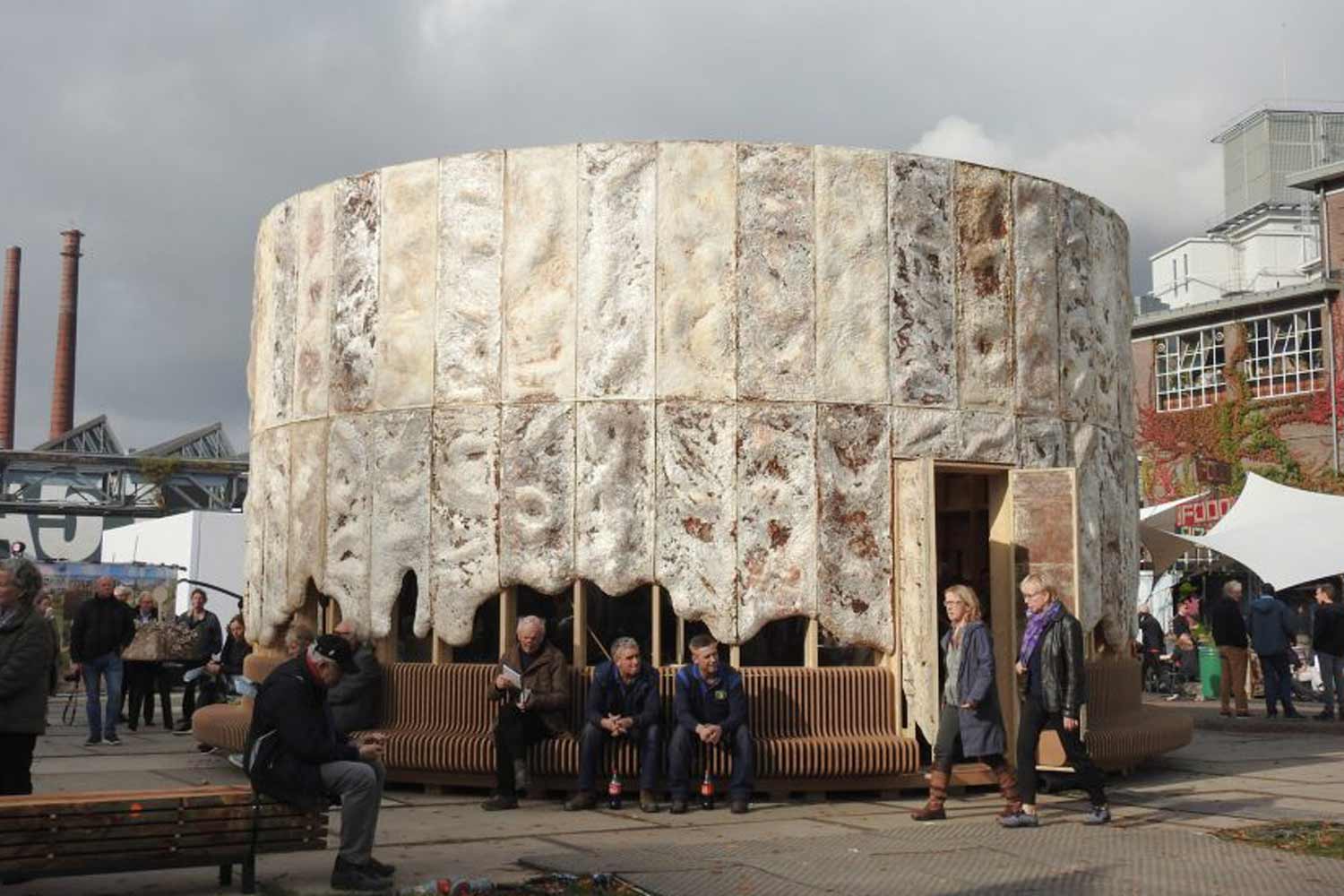parametric-architecture.com has made a list of 10 sustainable building materials shown below.
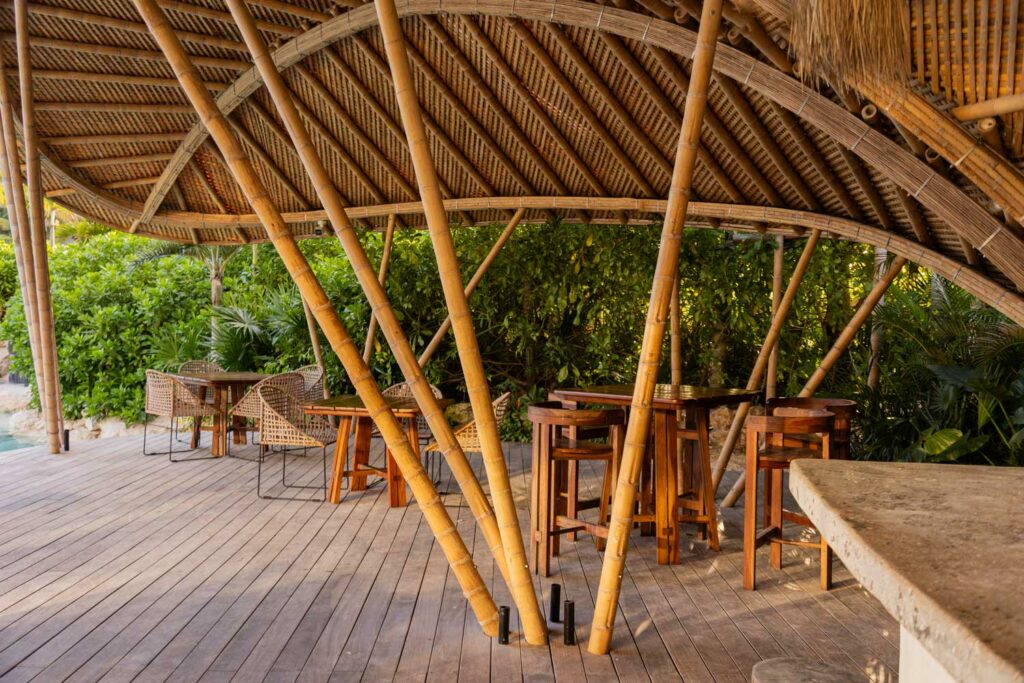
Due to its quick growth and low environmental impact, bamboo has become quite popular. It is incredibly flexible, adaptable, and resilient, and it may be employed in construction for both structural integrity and beautiful aesthetics.
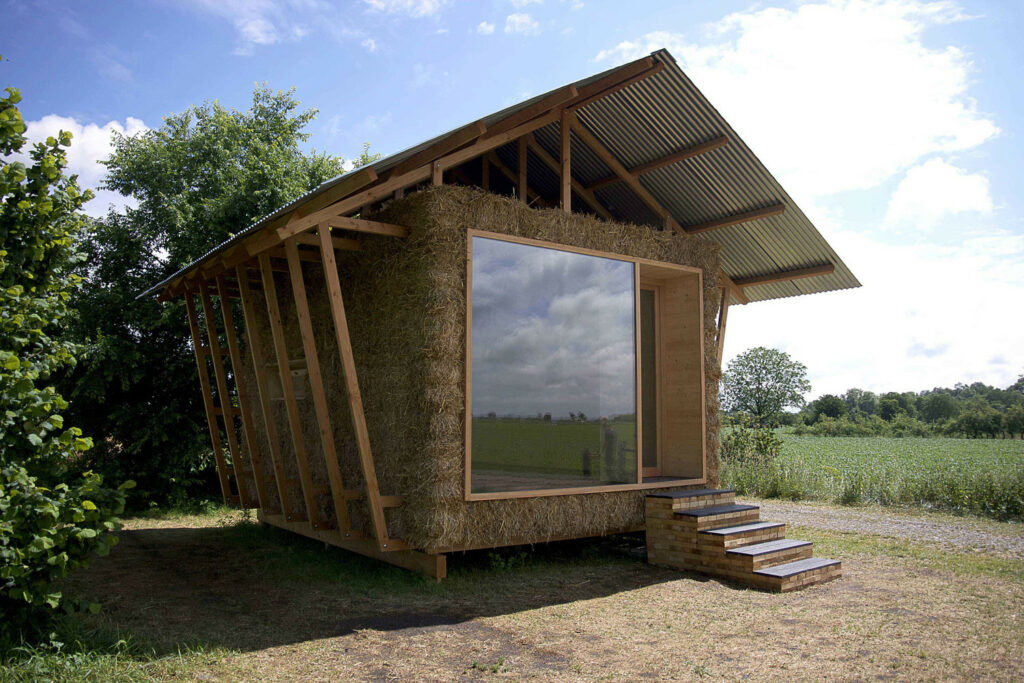
Straw bales are a material that is both renewable and extremely insulating. Straw bale buildings can be strong and attractive if they are plastered and sealed correctly, making them an excellent choice for walls. They are also surprisingly fire resistant.
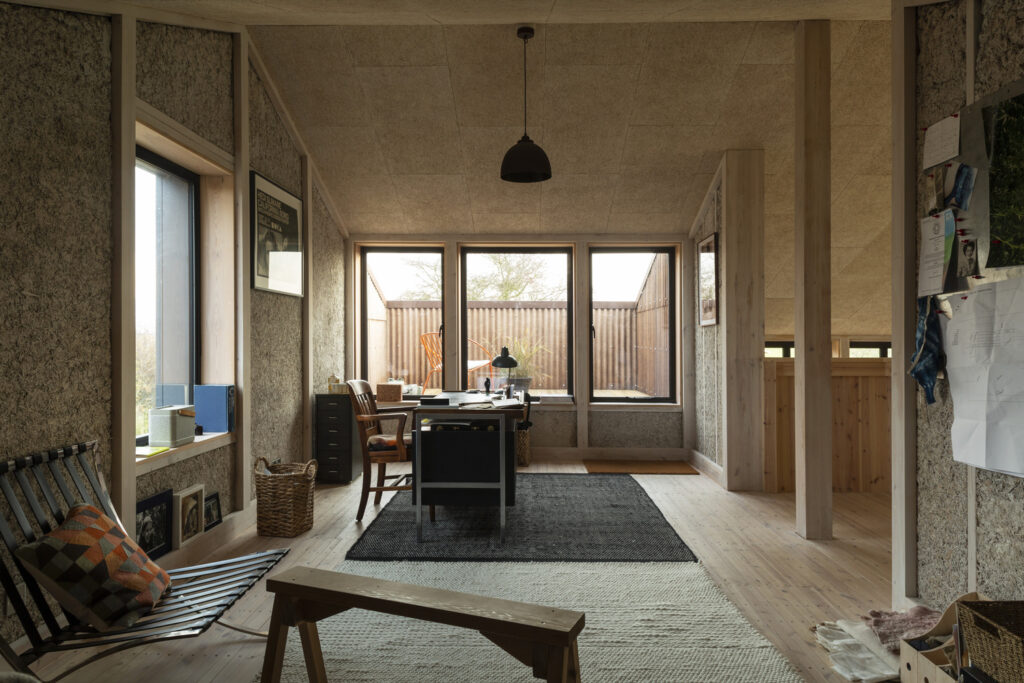
Hempcrete is a blend of water, lime, and the inner, woody fibres of the hemp plant. Since hempcrete absorbs more carbon dioxide than it emits, it has a negative carbon footprint. It is lightweight and breathable as well as insulating. It is also resistant to fire.

Recycled glass bottles and jars can be used for making new glass while at the same time decreasing reliance on landfills. It can be used for countertops, tiles, and other decorative elements. It is an excellent alternative to marble or granite because it can be used on floors due to its high strength and scratch resistance.
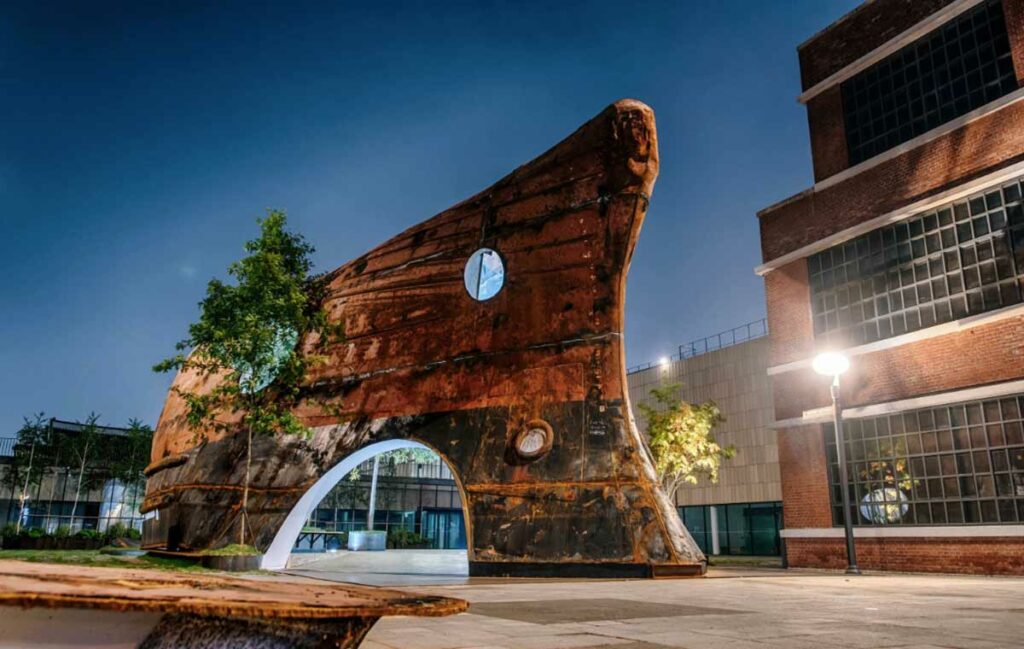
Recycled steel is recyclable indefinitely without losing its strength. The attributes of steel are that it can endure most natural disasters, such as hurricanes and earthquakes, as well as resist fire. Steel is an ideal material for various construction components in buildings, such as frameworks, ceiling support systems, and other structural elements.
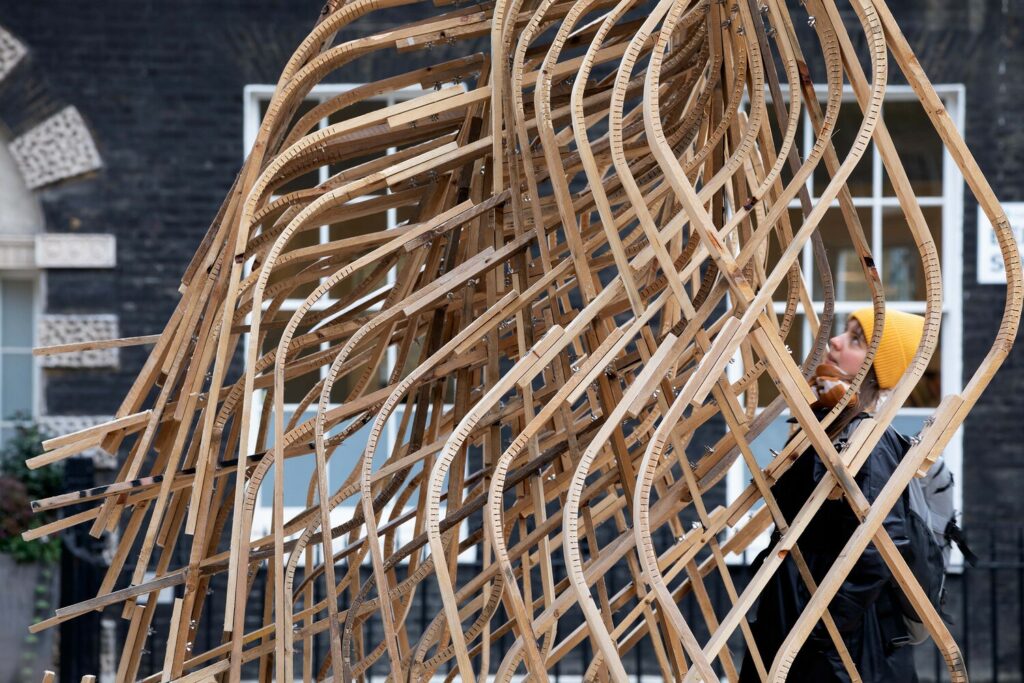
Reclaimed wood from abandoned buildings provides a less wasteful and more environmentally friendly substitute for new wood. Reclaimed wood can be used in making floors, walls, or tables. Salvaged wood can fuse history and contemporary green design.
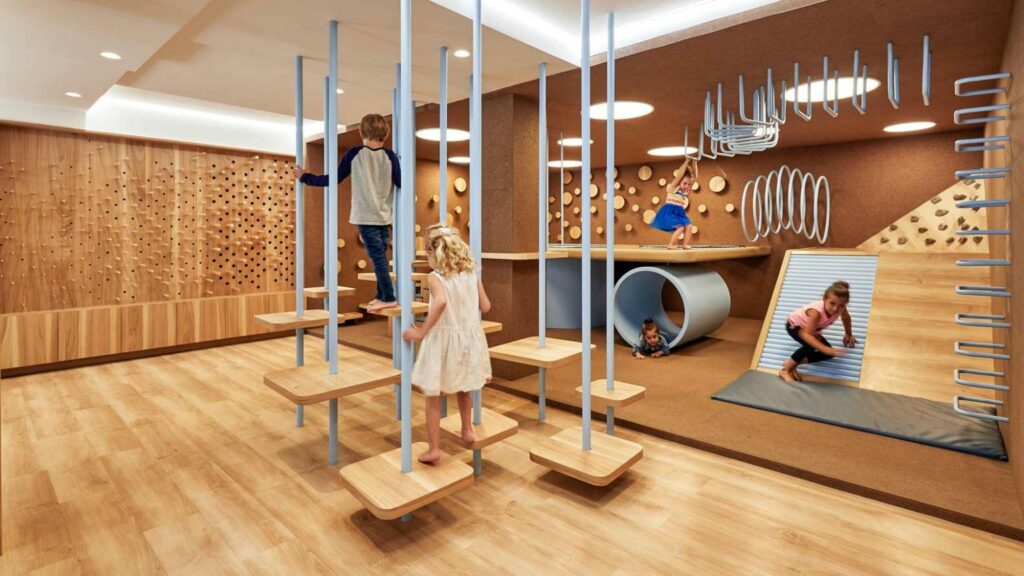
Cork is a renewable and biodegradable material with outstanding thermal and acoustic insulation qualities that is harvested from the bark of cork oak trees. It is flexible, strong, wear resistance, fire resistant, insect resistant and lightweight. It also quick growing.
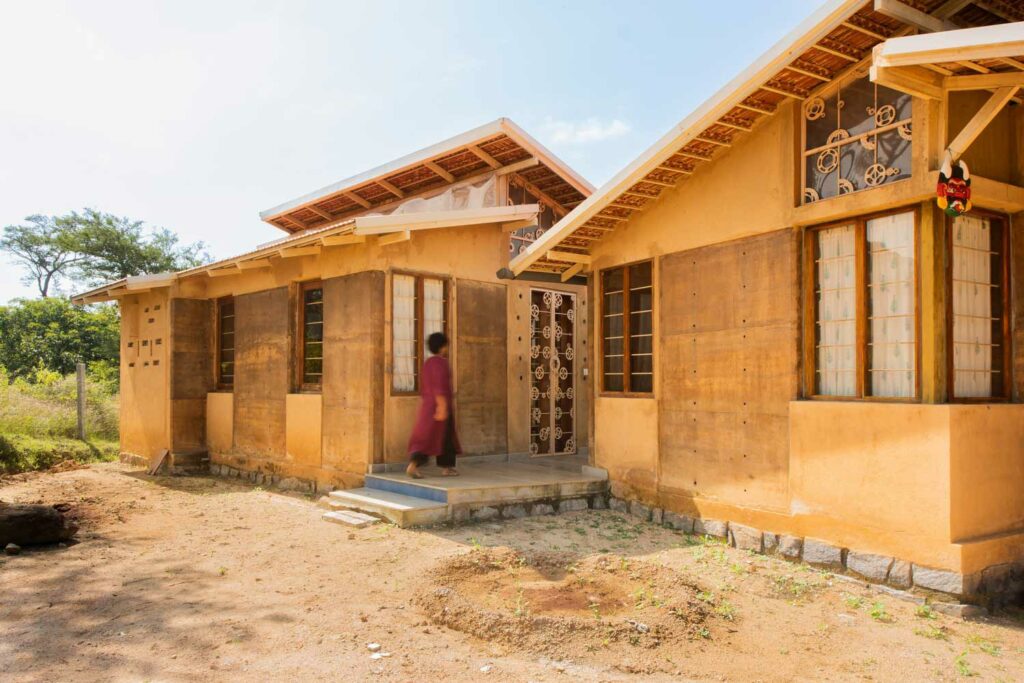
Made from sand, clay, and dirt, rammed earth is a traditional construction material that results in strong and durable construction. The walls have high thermal mass, which allows passive solar architecture. Because rammed earth construction uses locally sourced earth and takes less energy during manufacture, it is a low-energy and low-carbon construction approach.
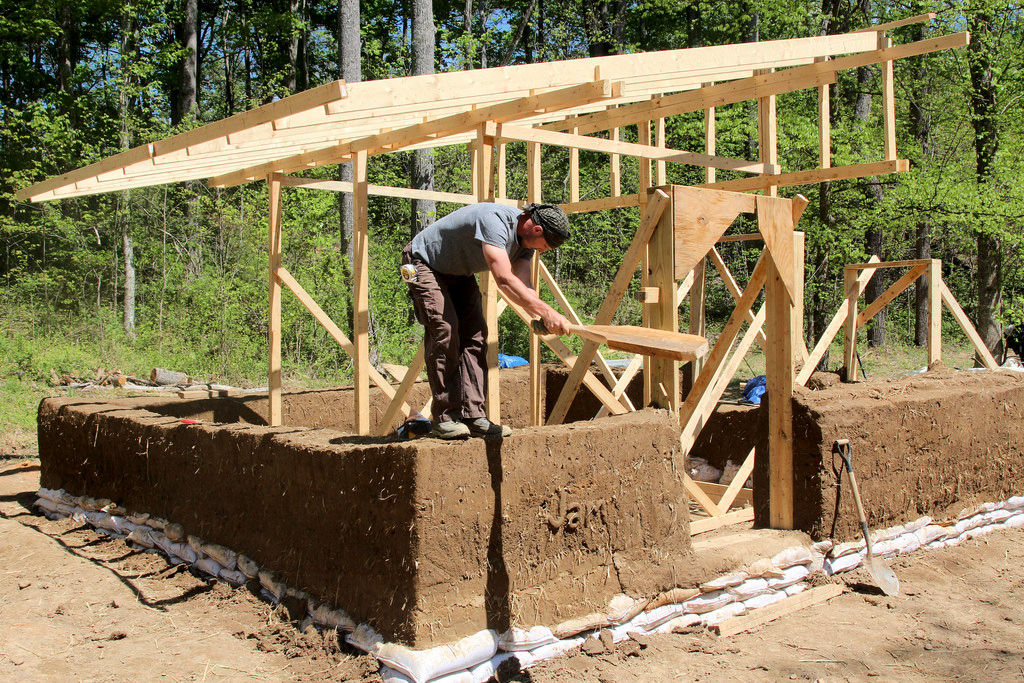 Cob is made from straw, water, sand and clay and is known for its non-toxic nature. Cob is an inexpensive material that is resistant to earthquakes, fire, termites, and other environmental hazards. It is an affordable choice without compromising aesthetics.
Cob is made from straw, water, sand and clay and is known for its non-toxic nature. Cob is an inexpensive material that is resistant to earthquakes, fire, termites, and other environmental hazards. It is an affordable choice without compromising aesthetics.
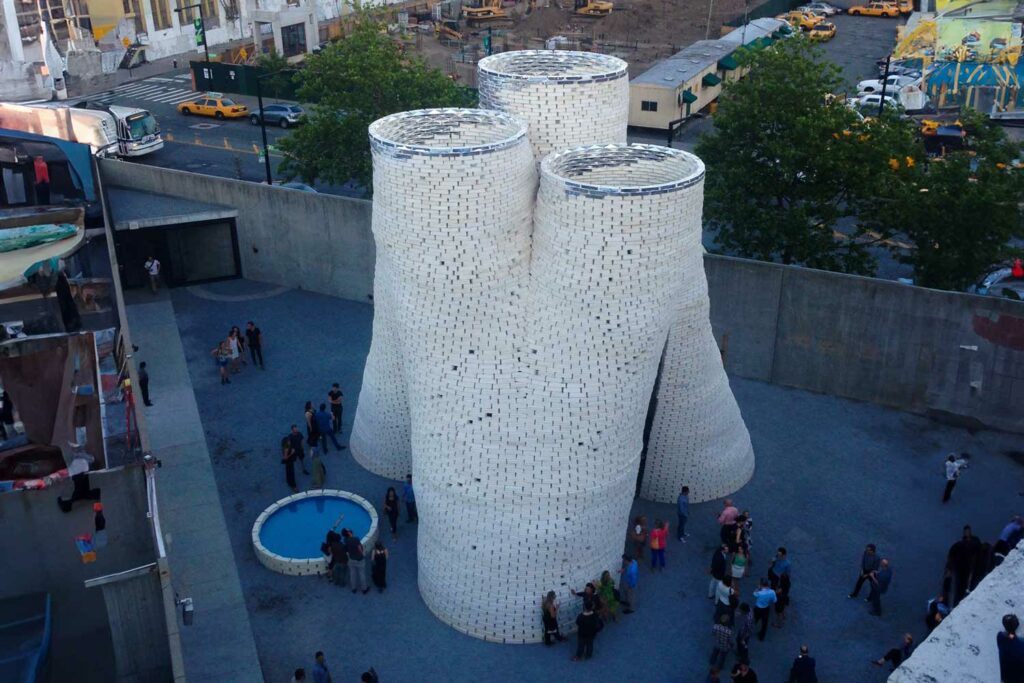
Mycelium is derived from the roots of mushrooms, a fungal material composed of root-like fibers. Mycelium fibers are utilized as a very strong, lightweight, water-resistant, and fire-resistant building material after they have dried. It provides great insulation and, therefore, reduces the use of energy.

